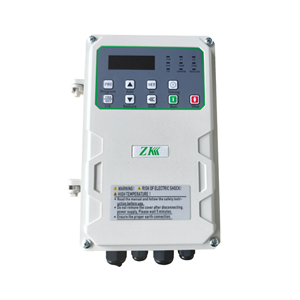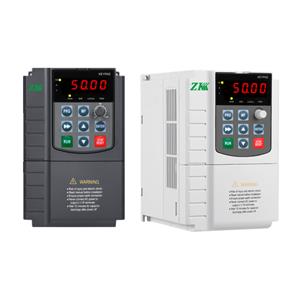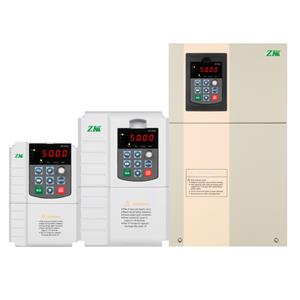How Shading Affects Solar Pump System Performance
In today's pursuit of green agriculture and energy-efficient irrigation, solar pump systems are gaining popularity due to their zero-cost operation and environmentally friendly features. However, industry experts recently warned that an often-overlooked factor—partial shading—is becoming a "hidden killer" that can significantly reduce system performance and even cause permanent damage to equipment.
This isn't a simple reduction, but a "barrel effect"-like plunge.
Contrary to popular belief, the impact of shading on solar pumping systems goes far beyond simply "the more area blocked, the less power generated."
"The core issue lies in the series circuit design of solar panels," explained Engineer Wang from a leading Chinese new energy research institute. "A standard module consists of 60 or 72 cells connected in series. Its output current is determined not by the strongest cell, but by the weakest. Once a cell is completely obscured by leaves, bird droppings, dust, or even the shadow of a utility pole, it changes from a 'generator' to a 'resistor,' consuming energy from other cells and generating heat, causing the current in the entire string to drop sharply."
This phenomenon, known as the "barrel effect" or "hot spot effect," has devastating consequences: even if only 10% of the panel surface is blocked, the power output of the entire array can drop by more than 50%, or even more. For solar water pumps, which rely heavily on real-time power generation, this means a drastic drop in head and water output.
From performance stagnation to hardware failure, the system faces multiple risks
The chain reaction of shading goes far beyond reduced water output:
● Frequent pump starts and stops: When clouds pass or shadows shift, the module output power fluctuates dramatically at critical points, causing the pump motor to start and stop frequently. This repeated shock significantly shortens the lifespan of the pump and controller.
● Complete system shutdown: Solar pumps typically have a minimum starting voltage or power threshold. Once shading causes the output to fall below this threshold, the entire system ceases operation, even if there is still significant sunlight.
● Hot spot damage to modules: Shaded cells continue to heat up, accelerating the aging and yellowing of the encapsulation material (EVA) over time, leading to cell delamination and permanent damage to the solar panel, posing a safety hazard.
● Supply and demand imbalance: Solar pump systems are designed to precisely match the pump's power-lift curve with the output characteristics of the solar array. Shading completely disrupts this match, preventing the system from operating at its optimal efficiency.
Scientific site selection and regular maintenance are the key
● Site selection is the first line of defense: Before installation, accurately assess the year-round sunlight trajectory to ensure the installation site is clear of any buildings, utility poles, chimneys, or rapidly growing trees from sunrise to sunset.
● Diligent maintenance: Regularly (e.g., every two weeks) clean the panels to remove dust, bird droppings, and other contaminants, and promptly clear surrounding weeds to prevent winter snow cover.
● Optimize system design: For scenarios where shadows cannot be avoided, component-level power electronics (MLPE) technologies such as microinverters or power optimizers can be considered. These technologies can greatly reduce the impact of shading on the overall system when a single component or even a single cell is shaded, but this will increase the initial investment accordingly.
Ensuring that solar panels are protected from shading throughout their lifetime is the lifeline for ensuring the stable, efficient, and long-term operation of the entire irrigation system. When investing in green energy, the cost of even a hint of shadow can be far greater than imagined.




